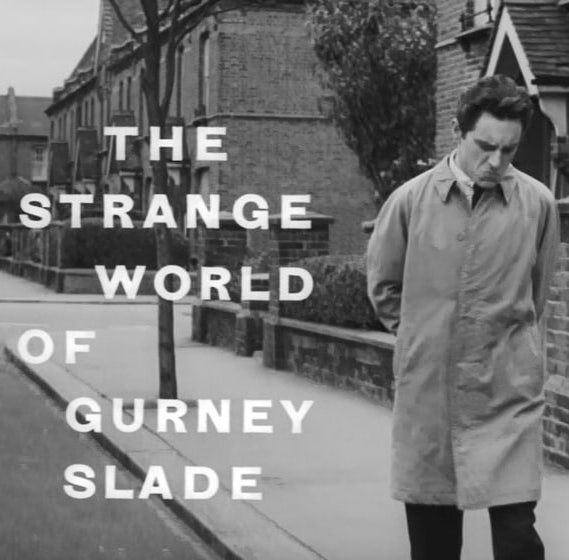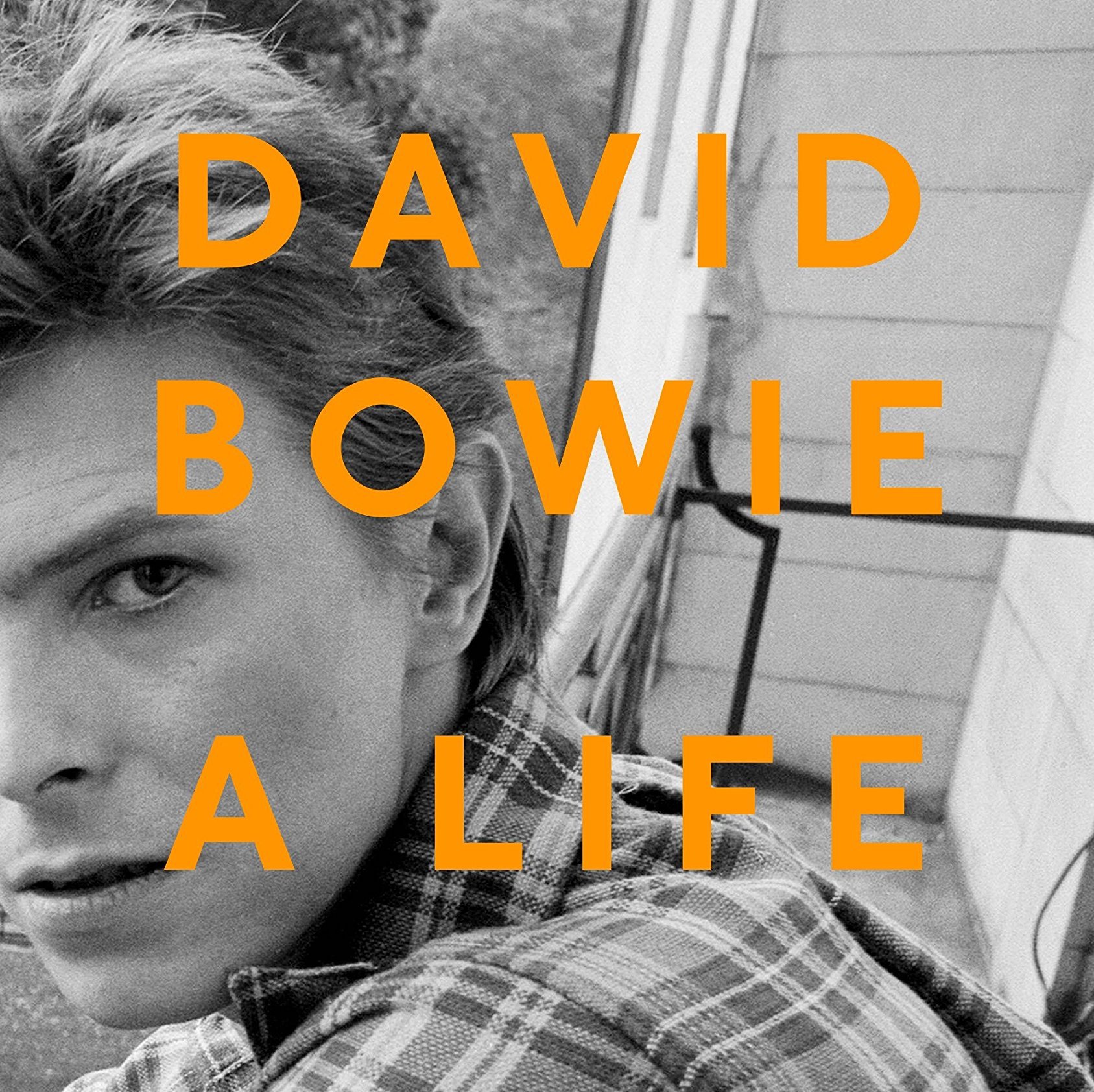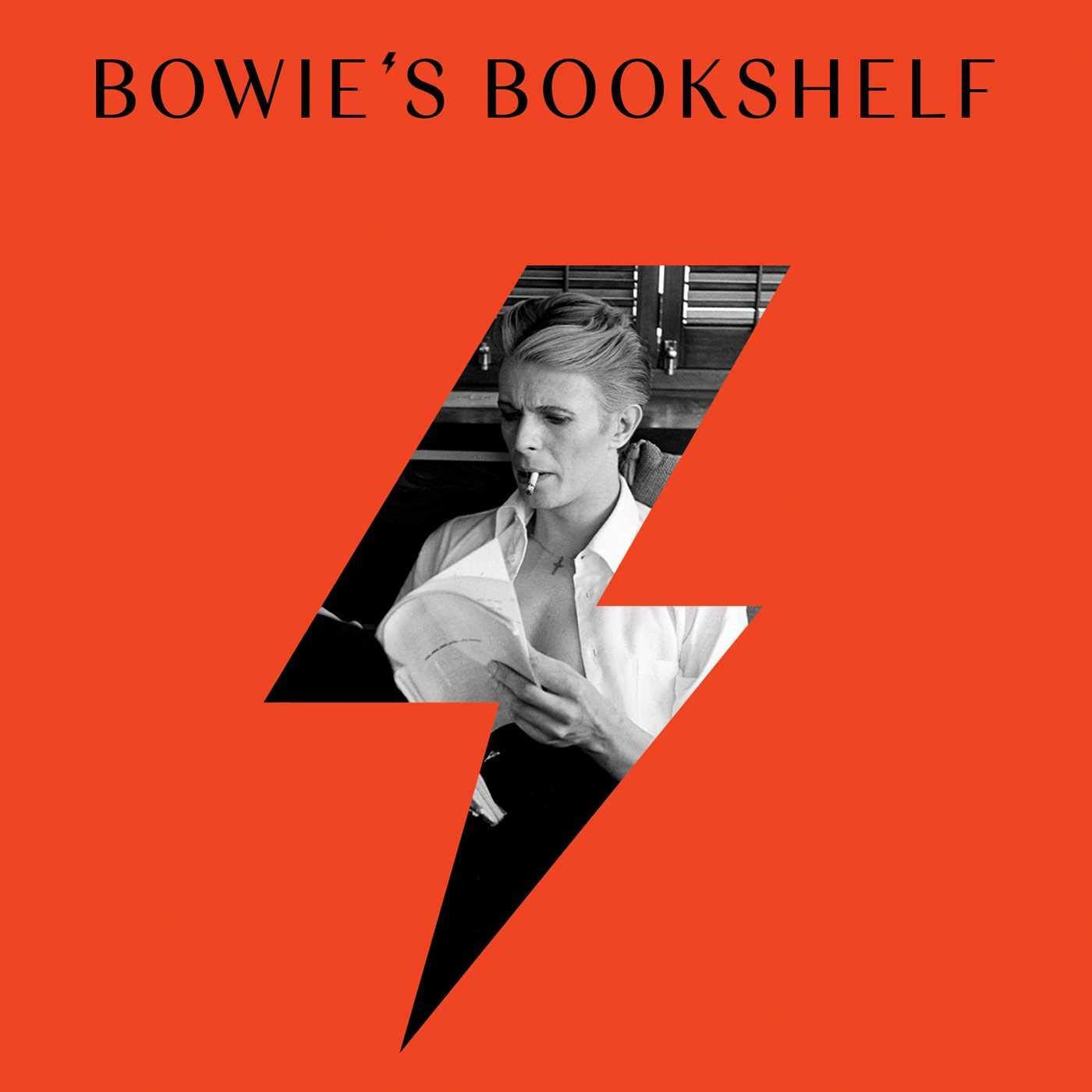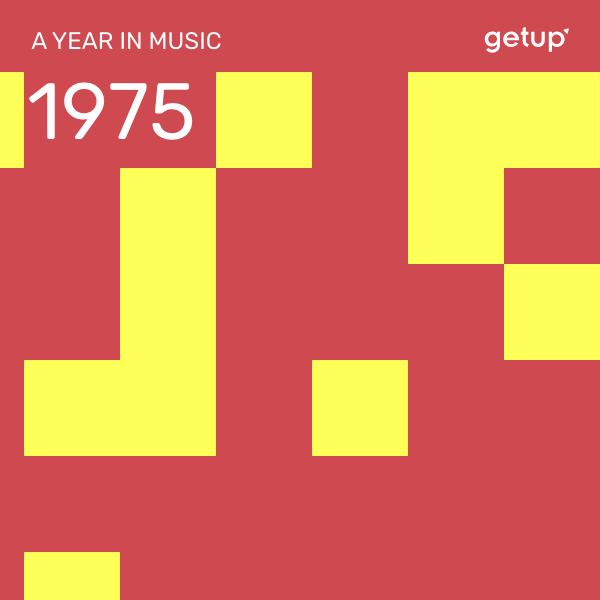I spent eight hours on Saturday 2 July 1983 sitting in blazing sunshine in a field in Milton Keynes, fifty miles north of London. Following this, I stood for two hours as a band fronted by a chap called David Bowie played two hours of incredible music whilst the sun gradually set. But my main memory is hearing Elvis’ Sun Sessions, particularly “Trying to Get to You”, being played over the sound system as I walked back to my car with thousands of others. It was a beautiful touch, I thought. Just perfect. Like being invited to David’s lounge after the show to unwind with some of his favourite music. Suffice to say it was a special day.
What I have tried to do here, following a lifetime of listening to and reading about Bowie (I have just finished Dylan Jones’ book A Life which I highly recommend) is to put together a list of songs/artists that,
a) the young David Jones enjoyed whilst striving to develop his voice and direction,
b) he subsequently worked with, and
c) influenced his changes of direction as a superstar and genius constantly looking for new ways of making music.
As the man himself admitted, “my voice is actually a complete steal from Scott Walker and Anthony Newley”.
Does it hang together as a playlist? Judge for yourself. Here is the most extraordinary artist to have emerged from popular music since the birth of rock’n’roll and we find that he loved blues, boogie, modern jazz, Belgian chanson, r’n’b, mod, psychedelia, folk, acoustic hippy, avant-garde electronica, Philly soul, reggae, funk, disco, ambient, drum & bass, and Anthony Newley! We have John Lee Hooker (who allegedly inspired the riff to Jean Genie) Ornette Coleman, James Brown, Jacques Brel, the Incredible String Band, Chic, and The Prodigy.
“Bowie begged, borrowed, and stole,” is something I’ve read, but who hasn’t? Elvis? Abba? Michael Jackson? Picasso? The true artist keeps their eyes and ears open and takes/borrows what they will, whilst adding their own sprinkle of fairy dust to create something new. Bowie was not only an expert at this form of alchemy, but he also continued creating until his dying day with Blackstar, an album that stands as one of his very best alongside Hunky Dory, Ziggy Stardust, Station to Station, and Low.
We also have Little Richard, though it was the sax and Richard’s showmanship — rather than his piano playing — that grabbed the young David. The art critic Matthew Collings was once invited to a Bowie recording session and noted, “there was a framed photo of Little Richard [in the studio]. David said he had it at every recording session.”
This revealing insight shows that Bowie not only acknowledged his inspirations, but throughout his incredible journey he never quite forgot the teenage Davy Jones listening in thrall to rock’n’roll music in his bedroom.
.jpg)






.jpg)
.jpg)